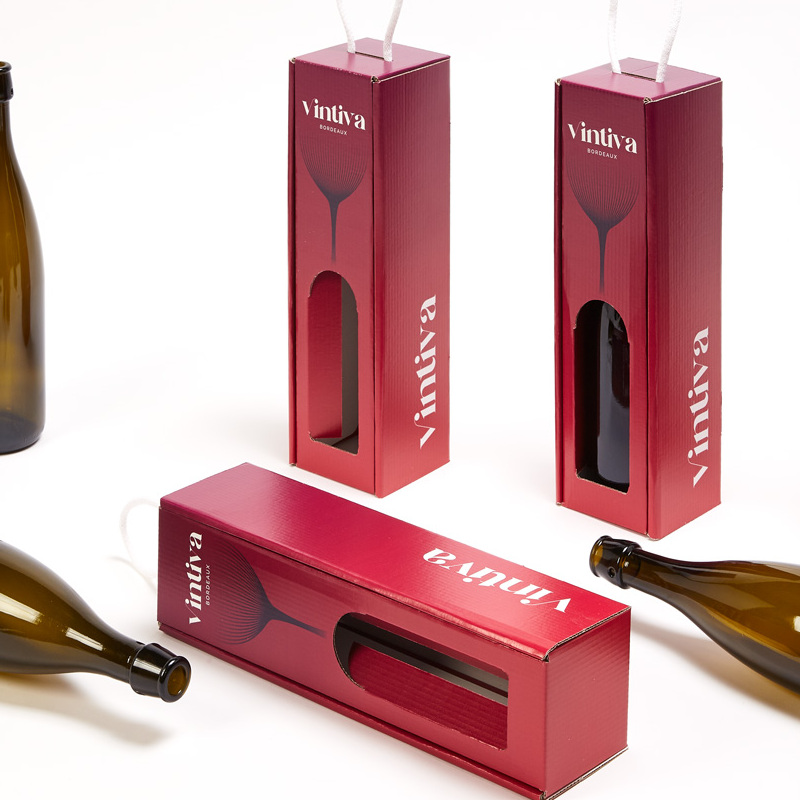The Evolution of Modern Business Cards
In the dynamic landscape of networking and personal branding, business cards have evolved from simple pieces of paper into sophisticated tools that reflect an individual's identity and professionalism. The modern business card serves not just as a contact information carrier, but as an extension of one’s brand and a representation of one’s values and creativity.
Historically, business cards originated in the 15th century as visiting cards in Europe. Initially used by the aristocracy to announce their arrival, these cards gradually transformed into tools for commerce. By the 19th century, they became essential for merchants and tradespeople to leave behind a reminder or a request for future business. However, the rise of digital technology and online networking has prompted a significant transformation in their design and function.
Today's business cards leverage a plethora of design elements and materials that make them stand out in a crowded market. Creative designs can include unique shapes, textures, and even augmented reality features that engage recipients in innovative ways. For example, some modern cards use QR codes that link to personal websites or digital portfolios, allowing for immediate access to more information than what can fit on a traditional card.
Sustainability is another critical consideration in the design of modern business cards. As environmental awareness grows, many professionals are opting for eco-friendly materials, such as recycled paper or plant-based inks. This approach not only reduces waste but also communicates a commitment to sustainability, appealing to like-minded clients and partners.
modern business cards

Moreover, the information presented on business cards has expanded beyond the classic name, phone number, and email address. In an increasingly interconnected world, it is common to see social media handles, personal websites, and even professional achievements on modern business cards. This shift reflects the multifaceted nature of professional identities today, where an individual's online presence is as crucial as their face-to-face interactions.
In addition, the quality of the card itself can speak volumes about the individual or company it represents. Premium materials, such as heavy cardstock, textured finishes, or metallic accents, can convey a sense of professionalism and attention to detail. Business owners often invest in high-quality cards as a way to leave a lasting impression on potential clients and collaborators.
Networking events present both challenges and opportunities when it comes to business card distribution. With the overwhelming number of cards exchanged at such gatherings, it's vital for professionals to have a memorable design that catches the eye. Creative ways to present business cards, such as incorporating them into unique promotional items or using distinctive packaging, can enhance their visibility and impact.
In conclusion, the modern business card is much more than a simple contact card. It is a vital asset in professional networking, a canvas for artistic expression, and a statement of personal and corporate values. As the world continues to evolve and technology advances, so too will the business card, adapting to meet the needs of the modern professional and their audiences. Embracing these changes allows individuals and businesses to continue forging meaningful connections in a rapidly changing business environment.



